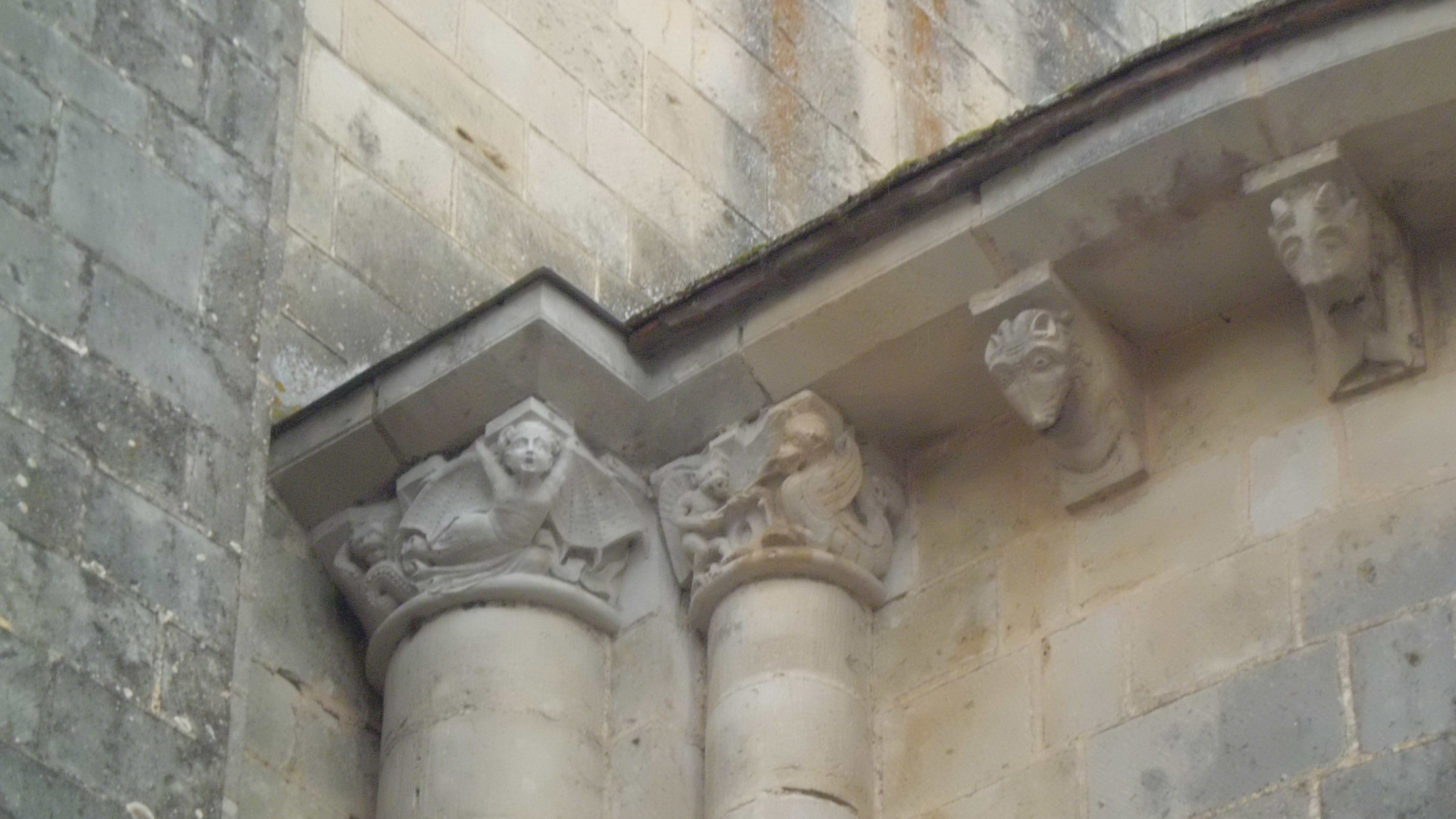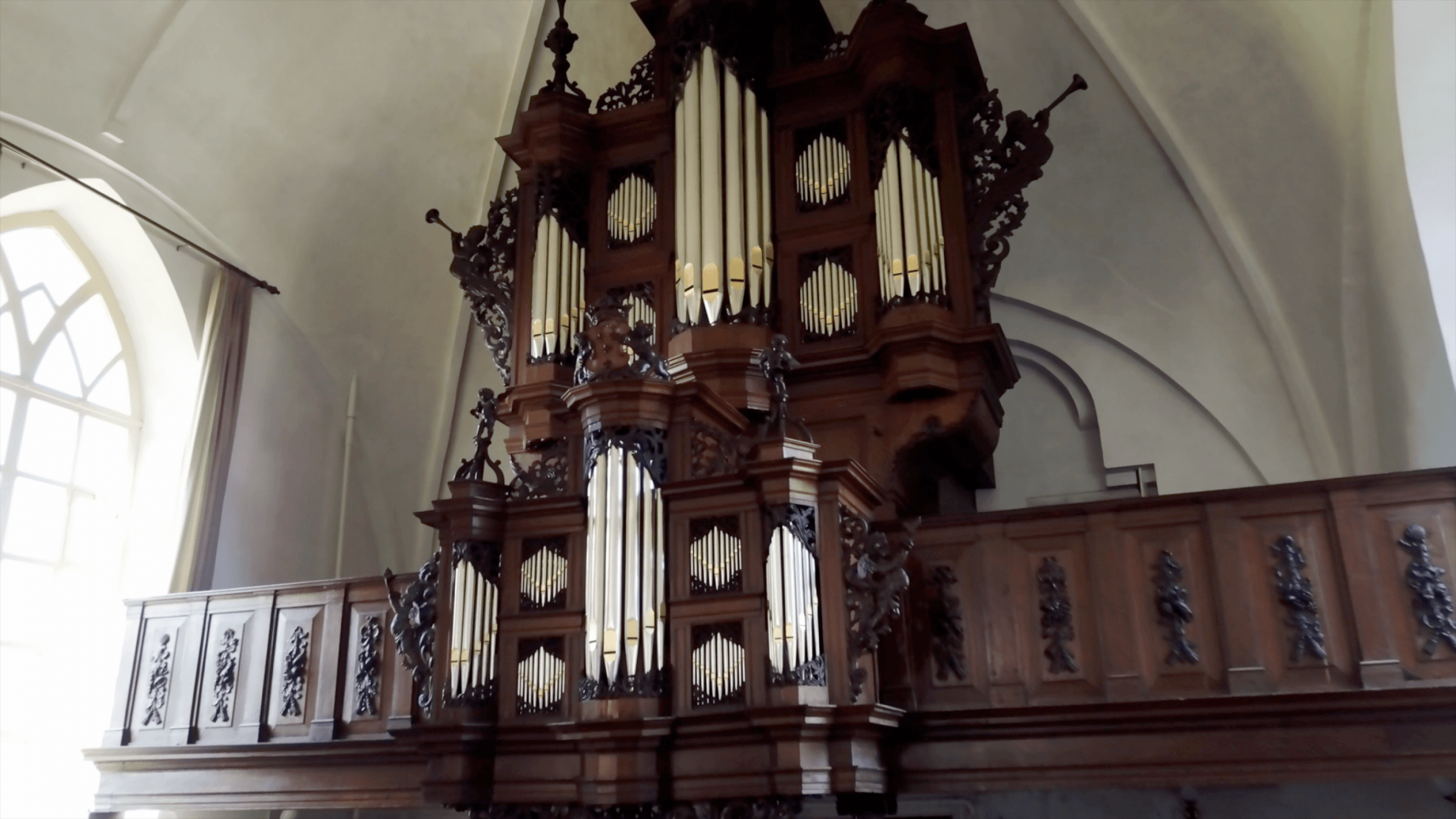Prokofiev’s Fifth Symphony: “Glorifying the Grandeur of the Human Spirit”
The January 13, 1945 premiere of Sergei Prokofiev’s Symphony No. 5 in B-flat Major marked a momentous occasion. Fourteen years had elapsed since the completion of the composer’s Fourth Symphony. An expectant audience filled the Moscow Conservatory’s Great Hall. As Prokofiev raised his baton before the USSR State Symphony Orchestra in anticipation of the first movement’s opening bars, a barrage of celebratory artillery fire rang out through the city. The gunfire was a signal …







